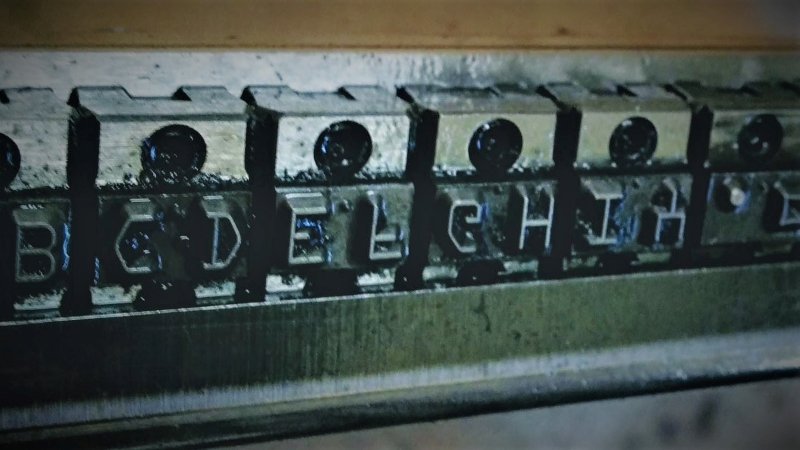Sit next to any piece of machinery long enough and you get to know it by the sounds it makes. Think about the sounds coming from any 3D-printer or CNC machine; it’s easy to know without looking when the G code is working through the sines and cosines needed to trace out a circle, for instance.
It was the same back in the day, when bored and bright software engineers heard note-like sounds coming from their gear and wrote programs to turn them into crude music machines. And now, [Ken Shirriff] details his efforts to revive a vintage IBM 1403 line printer’s musical abilities. The massive 1960s-era beast is an irreplaceable museum piece now, but when [Ken] and his friends at the Computer History Museum unearthed stacks of punch cards labeled with song titles like “Blowin’ In the Wind” and “The Blue Danube Waltz,” they decided to give it a go.
The 1403 line printer has a unique chain-drive print head, the inner workings of which [Ken] details aptly in his post. Notes are played by figuring out which character sequences are needed to get a particular frequency given the fixed and precisely controlled speed of the rotating chain. The technique is quite similar to that used by musical instruments such as the Floppotron, or when coercing music from everyday items including electric toothbrushes.
Lacking the source code for the music program, [Ken] had to reverse engineer the compiled program to understand how it works and to see if playing music would damage the chain drive. The video below shows the printer safely going through a little [Debussy]; audio clips of songs originally recorded back in 1970 are available too.
















I really can’t make out which part of Clair de lune is this. Amazing nevertheless, but is this really Clair de lune?
This is “Au clair de la lune”, a children’s tune. No connection to Debussy.
I think playing “Sandstorm” on it would be ideal based on the sounds it creates in the video.
Back about 1970 Burroughs had a huge installation at the OCDM (civil defense) center In Battle Creek, MI they had a script that played under the double eagle on a line printer over 2-3 minutes and also printed the eagle. Looked on U tube but couldn’t find Ted WA8ULG
A few weeks ago I was standing next this very printer inspecting the chain drive mechanism. A staff member and I got into a conversation on how the line buffering works on a chain printer. The gentleman paused, turned around and came back with a 2″x2″x3″ cube in his hand. He said “this is the line buffer”. Never in my life have I had an algorithmic abstraction collapse into the tangible as quickly as it did when I gazed upon the 3-D mesh of ferrite cores within that small box.
You have to hand it to the engineers who invented the chain printer, it is a very clever mechanism.
Back in the early ’70s, Penn State had a 1401 with a 1403 printer and a Calcomp plotter. I still have two card decks which played “Anchors Aweigh” and “She’ll Be Comin’ ‘Round the Mountain” on the 1403.
I had a brag tape for my Model 19 that printed anchors navy MARS long ago
“it’s easy to know without looking when the G code is working through the sines and cosines needed to trace out a circle”
In my house my kids called that the “round sound” :-)